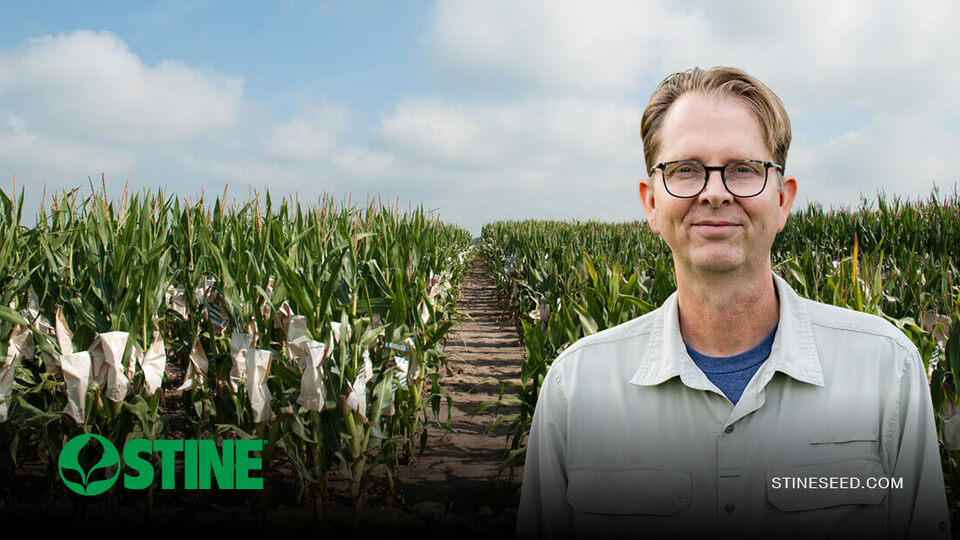Soil can make or break a crop’s success. Growers need to consider the best management practices for their soil year-round. Here are some general practices I recommend growers implement this year based on the season.
Spring
Consider no-till. Soil erosion is a big concern, especially for a newly planted field. Heavy rains can wash away nutrients, fertilizers and other elements vital to the health of the seedling. No-till can be used as an erosion control tactic, as the leftover residue from the previous year’s crop prevents runoff. The leftover residue also encourages nutrients from the previous year’s crop to cycle back into the soil. Basically, no-till helps the water and nutrients stay put. I practice no-till on my farm and have witnessed firsthand the benefits of no-till when used in combination with the right genetics. Some of my favorite varieties and hybrids from Stine’s lineup for no-till situations are Stine® 31LE32 and 36LE32 brand soybeans and Stine 9734-20 brand corn.
Avoid working wet ground. Spring showers bring wet soil. It’s important to not work the ground when it’s wet. Tilling or planting into wet ground may result in compaction, sidewall compaction and poor seed-to-soil contact. Seed corn and soybeans need to be planted in firm, dry soil at the recommended planting depths (1–1.5 inches for soybeans and 1.5–2 inches for corn). Planting into wet soil can make it difficult for the seed to establish the root system the plant needs for standability and can also make the plant more prone to seedling diseases and early-season insect issues.
Summer
Split fertilizer applications. Growers can decrease the chances of nitrogen leaching or denitrification by splitting fertilizer applications. With split applications, growers lessen the risk of nutrient loss because the nutrients are applied in two to three different treatments versus a single application. This makes it possible to synchronize applications with a more exact timing when the plant needs the nutrients.
Fall
Soil sampling. Test the soil fertility levels of your fields after harvest. Work with a local fertility expert or your local university extension office to help test your soil samples. These tests are inexpensive and can help detect pH and nutrient loss in your soil. The results will help you determine the appropriate, and environmentally responsible, adjustments to make before planting season arrives.
Cover crops. Fall is the ideal time to plant cover crops. Cover crops help prevent nutrient runoff from soil erosion caused by wind, rain and melting snow during the off season. Cover crops can typically be planted after harvest, around October. In my region in southeastern Iowa, growers typically turn to cereal rye. By using a cover crop to protect soil during the off season, growers also create new organic matter that can increase nutrient levels in the soil.
Winter
Plan for crop rotation. When considering seed options for the next planting season, consider the benefits of crop rotation. By diversifying crops each year, growers can preserve the value of the soil while minimizing insect and disease pressure by interrupting the cycle of herbicide-resistant weeds and Bt-resistant insects.
For more information on best soil management practices for 2018, contact your local Stine sales agronomist.
Related Articles
-

Use Stine’s XP® seed treatments to prevent early injury to your crops
December 2025 in Agronomy
-

Understanding Stine’s enhanced oil profile soybeans
December 2025 in Agronomy
-

Soil sampling sets the stage for spring
November 2025 in Agronomy
-

Corn production growth paves way for more high-performing Stine® hybrids
November 2025 in Agronomy



